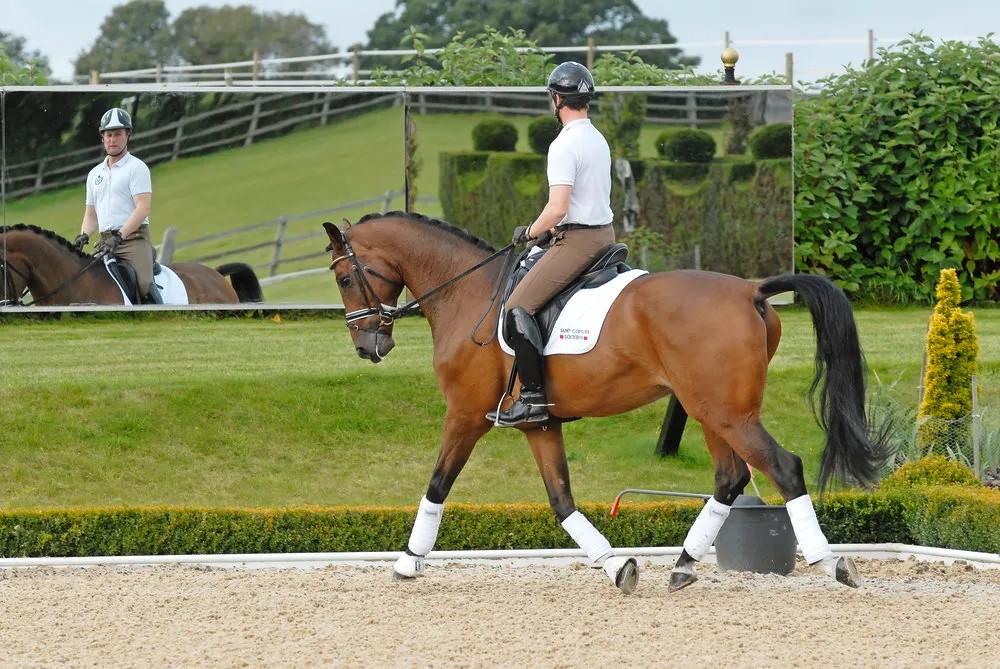
Rein Exercises to Sharpen Your Skills
In the world of equestrian sports and horse riding, mastering the art of handling reins is essential. The reins are not just a mere accessory; they are your direct line of communication with your horse. Proper rein control allows you to guide, communicate, and establish a connection with your equine partner. To become a proficient rider, it’s imperative to hone your skills in handling reins effectively. In this comprehensive guide, we will delve into various rein exercises that will help you sharpen your skills and build a stronger connection with your horse.
Understanding the Basics
Before we dive into the specific rein exercises, let’s refresh our understanding of the basics. The reins are essentially the long straps or lines that are attached to a horse’s bridle. They pass through the rider’s hands and connect directly to the bit in the horse’s mouth. The rider uses the reins to communicate with the horse by applying pressure or releasing it, guiding the horse’s movements and responses.
1. The Soft Hands Technique
One of the fundamental aspects of effective rein control is maintaining “soft hands.” Soft hands refer to keeping a gentle, responsive contact with the horse’s mouth. It’s essential to avoid harsh or abrupt pulls on the reins, which can cause discomfort or confusion for the horse. Instead, focus on using your fingers to communicate your cues subtly.
Exercise: Feather-Light Contact
Practice maintaining a feather-light contact with the reins while riding. Imagine you are holding a fragile object that you don’t want to break. This exercise will help you develop a sensitive touch, ensuring clear communication without unnecessary force.
2. Rein Length and Balance
The length of your reins plays a crucial role in maintaining balance and control. Different riding disciplines may require varying rein lengths, so it’s essential to adapt accordingly. In general, a balanced rein length ensures that you can guide your horse effectively without interfering with their natural movement.
Exercise: Adjusting Rein Length
Practice adjusting the length of your reins while riding at different gaits. For example, during a canter, you may need to lengthen the reins slightly to allow your horse more freedom. Conversely, in collected movements, you’ll want shorter reins for better control and balance.
3. The Half-Halt Technique
The half-halt is a sophisticated but invaluable technique that aids in rebalancing your horse and preparing them for transitions or changes in direction. It involves a momentary increase in rein pressure followed by an immediate release.
Exercise: Half-Halting Transitions
Practice half-halting your horse during transitions, such as moving from trot to walk or canter to halt. This exercise refines your communication skills and enhances your horse’s responsiveness.
4. Direct vs. Indirect Rein Aids
Understanding the difference between direct and indirect rein aids is crucial for precise communication with your horse. Direct reins apply pressure on the same side as the desired direction, while indirect reins exert pressure on the opposite side.
Exercise: Precision with Direct and Indirect Reins
Practice using direct and indirect rein aids during your rides. Mastering these techniques allows you to guide your horse through intricate movements and manoeuvres with finesse.
5. Riding Without Reins
As an advanced exercise, riding without reins can significantly enhance your horsemanship skills. It forces you to rely on your seat, legs, and body posture for communication and control.
Exercise: Riding Without Reins
Under the guidance of a skilled instructor, try riding without reins in a controlled environment. This exercise improves your seat, balance, and trust in your horse.
Conclusion
Mastering the art of rein control is an ongoing journey for any equestrian enthusiast. These rein exercises are designed to help you build a strong connection with your horse, enhance your riding skills, and ensure clear and effective communication. Remember that practice makes perfect, and consistent training will lead to a harmonious partnership with your equine companion.


